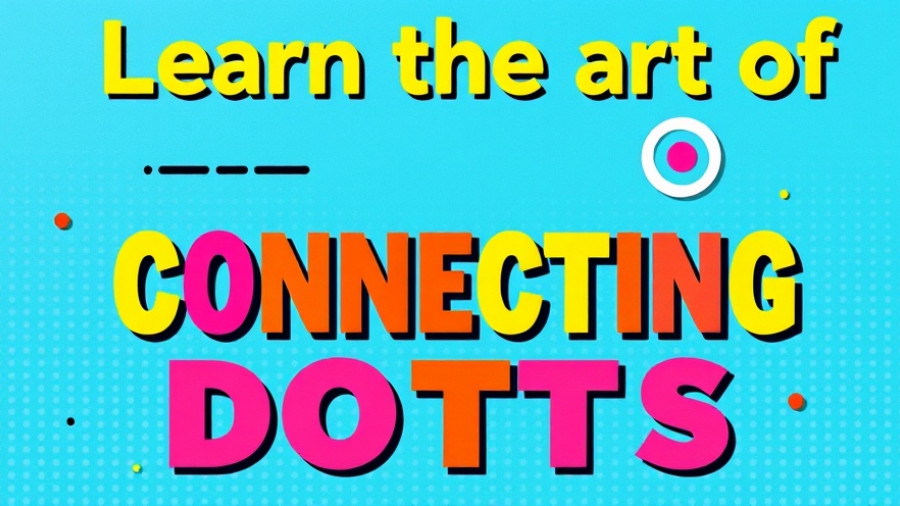
Igniting Creativity Through Psychological Bricolage
What if your next spark of innovation is not buried in some faraway library or an expensive lab? It could very well be nestled within your own mind, waiting to be pieced together from your unique experiences, spontaneous observations, and daily knowledge. This transformative idea is captured in the term psychological bricolage.
In *Psychological Bricolage | How to Spark Creativity by Connecting Unrelated Ideas*, we dive into the concept of merging disparate pieces of knowledge to create something extraordinary, prompting a deeper analysis here.
Understanding the Concept of Bricolage
Originally coined by French anthropologist Claude Lévi-Strauss, the term bricolage refers to the creative art of assembling diverse elements from available resources. In psychological terms, it involves integrating unrelated knowledge to forge something entirely new. Think of your mind as a workshop filled with useful tools, scraps, and materials. Alone, they may seem trivial, but when combined in unexpected ways, they can yield impressive innovations.
Learning from Real-Life Examples
One remarkable case of psychological bricolage is the invention of Liquid Paper by Bette Nesmith Graham, who was frustrated with the limitations of early typewriters. Noticing painters effortlessly covering up their mistakes with paint at her work, she combined that external knowledge with her own experience in typing. This led to her creating a solution that transformed the way typists corrected errors, ultimately resulting in a multi-million dollar enterprise. Such anecdotal evidence reinforces the power of cross-domain thinking.
The Historical Pioneers of Bricolage
Another eye-opening example comes from Johannes Gutenberg, whose invention of the printing press stemmed from observing a wine press. His innovative mind recognized that the same mechanism used for crushing grapes could be adapted to transfer ink onto paper, giving birth to a technology that changed the world. His creativity illustrates how observing patterns across different contexts can lead to groundbreaking inventions.
How You Can Practice Psychological Bricolage
Practicing psychological bricolage begins with gathering ideas. Build a mental toolbox filled with quotes, ideas, sketches, and observations. Begin asking questions that encourage connections: Where else can this apply? What problems does this knowledge help solve? Use random objects around you to spur creativity. For instance, take two items from your desk and invent three new uses for them. This simple exercise can stimulate unconventional thinking.
The Importance of Curiosity and Connection
Integrating different domains—like biology, art, or logistics—can profoundly enhance creativity. It’s about exploring outside your typical field and discovering how seemingly unrelated knowledge fits together. This process not only broadens your outlook but lays the groundwork for genuine innovation.
Conclusion: Embrace Your Inner Tinkerer
As we delve into psychological bricolage, it’s essential to remember that innovation arises not from seeking something abstractly new, but from reimagining and recombining existing concepts. Channel your curiosity into observation, experimentation, and connection. By turning scraps into systems and asking **"What if?"**, you may uncover that brilliant idea waiting within your previously neglected mental drawer.
 Add Row
Add Row  Add
Add 




Write A Comment